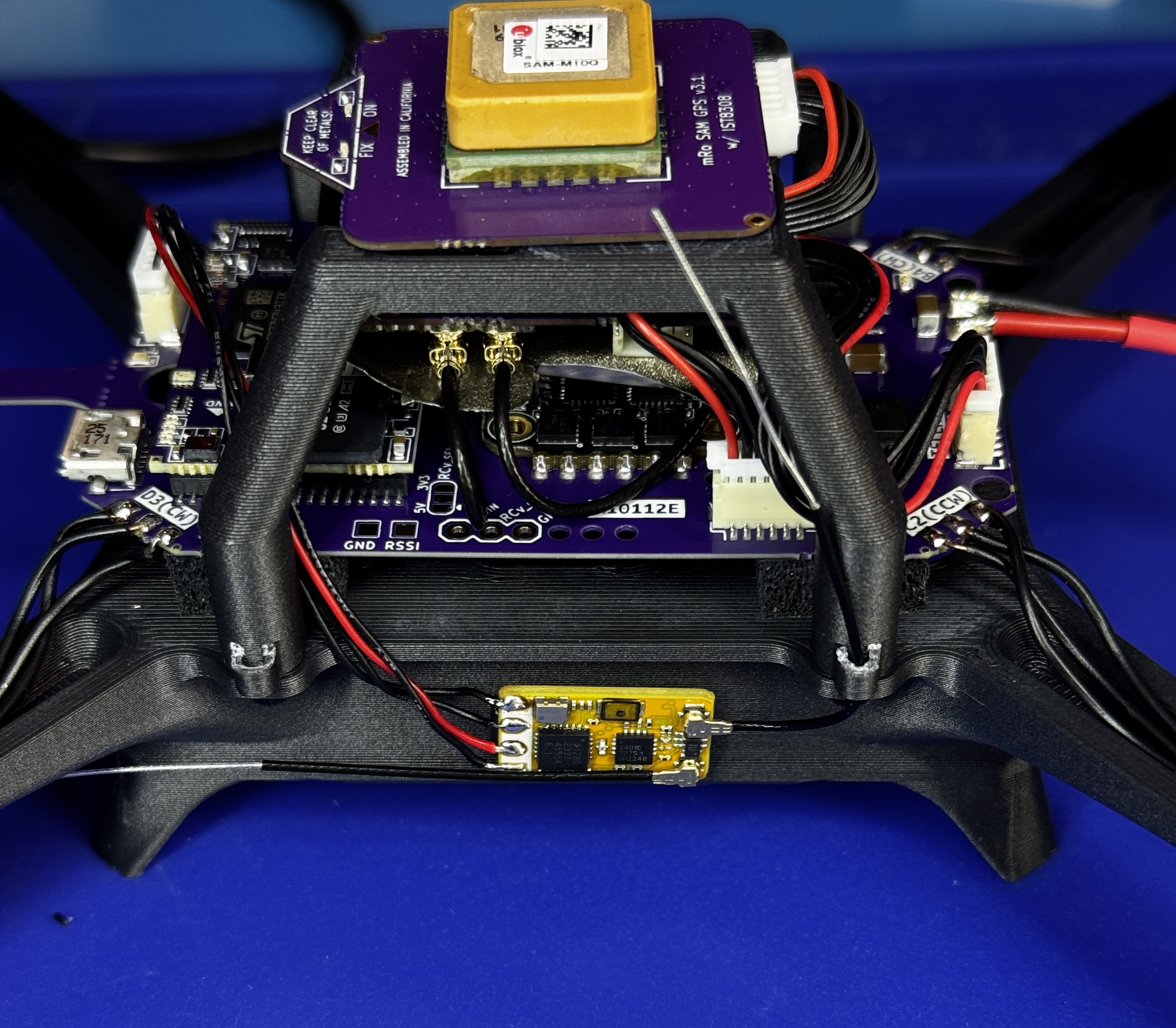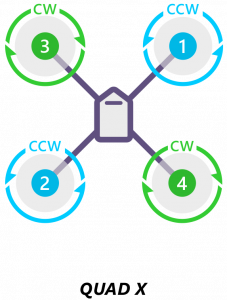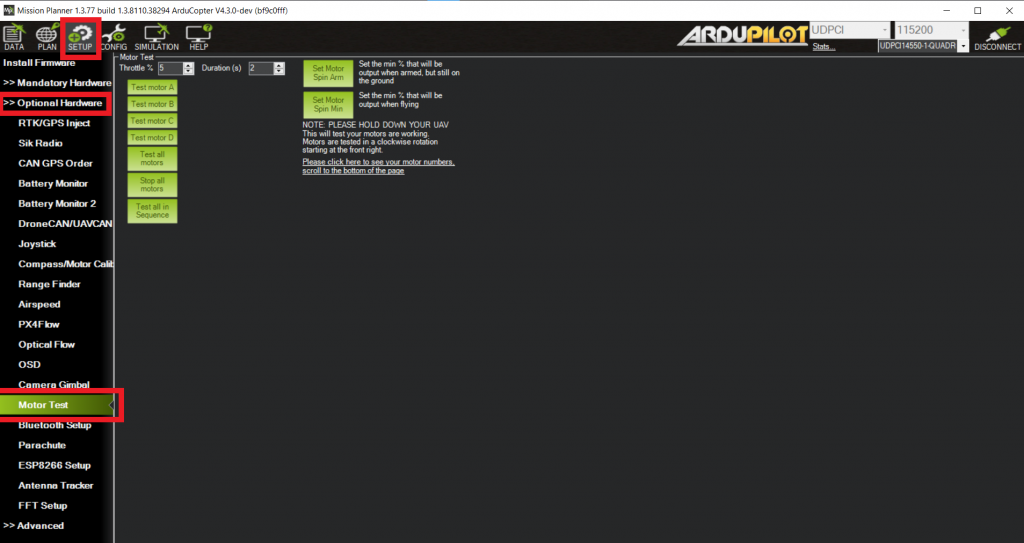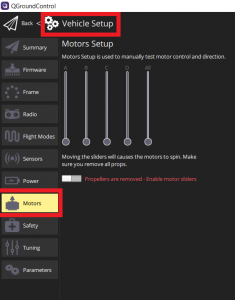Quad Zero Kit - Assembly Guide
The Quad Zero Kit is a lightweight (<250g) platform with a 3D-printable frame, agile flying envelope with extended flight times yet simple to setup. It is powered by our most popular flight controller yet, the Control Zero H7 OEM on top of custom made motors and a carrier board that includes power monitoring, integrated ESC module, Time-of-Flight sensor for precision landing (Z-axis), and additional ports to support any OSD, GPS, CAN, telemetry and any other payload peripherals.
This kit is perfect as a development and educational platform
We put together this guide to help you get up and running with your QZKit platform as fast as possible. Please note that this build may take anywhere from 3 hrs to several sessions depending on your particular experience.
What's Included
Please make sure you have all the parts listed below, if something is missing or you have any questions please do not hesitate to contact us. Spare or extra parts are available individually following the links.
| Qty | Part No. | Description |
|---|---|---|
| 1 | Quad Zero frame | |
| 1 | GPS mount | |
| 4 | 2-56 x 3/16\" Nylon socket head screws | |
| 2 | 2-56 x ⅛\" Nylon socket head screws | |
| 4 | M2-2202 | MI-2202 brushless motors |
| 12 | M1.6 x 4mm black oxide screws. (motor mounting screws) | |
| 8 | M2 x 4mm black oxide screws. (propeller mounting screws) | |
| 2 | CW/CCW propeller sets | |
| 1 | M10112 | Quad Zero Carrier Board |
| 3 | MRC-0243 | JST-GH 6 to JST-SH 6 cables |
| 1 | BT2.0 pigtail | |
| 2 | ½”x½”x1/10” vibration dampers | |
| 1 | M10059 | Control Zero OEM H7 |
| 1 | SD Card | |
| 1 | Plastic tweezers | |
| 1 | M10038 | Med size SAM GPS |
| 1 | EMI Shield | EMI shielding to go between GPS and WiFi |
| 1 | ExpressLRS radio receiver | |
| 1 | liion-2s | Quad Zero 2S 4200mAh Battery Pack |
| 1 | XT60-BT2.0 adapter | |
| 1 | Balance port adapter (JST-SH 3 to JST-XH 3) |
If you ordered the optional Dual-Band WiFi Telemetry Radio:
| Qty | Part | Description |
|---|---|---|
| 1 | M10114C | Dual Band WiFi Telemetry radio |
| 1 | WiFi antenna | |
| 1 | MRC-0291 | JST-SH 4 short cable |
| 1 | MRC-0292 | JST-SH 6 short cable |
Required tools
-
M1.5 hex driver
-
M2 hex driver
-
Hobby knife
-
CA glue
-
Accelerator - optional
-
Soldering iron
-
Solder wire
-
Double-sided tape - 3M VHB recommended
-
Prop balancer - optional
-
Scissors - optional
Extra resources
-
ExpressLRS compatible transmitter
-
Ground station - any laptop, tablet or embedded device running Mission Planner or QGC
Step 1 - Attach motors to the frame
Allocate the following materials:
- 12x M1.6x4mm screws
- 4x M2-2202 brushless motors
- Quad Zero frame
Take the M2-2202 brushless motor from there boxes and make sure the rotors can spin freely. Screw them in to place with 3x M1.6x4mm hex screws with your M1.5 hex driver.
Note:
Make sure the motor's wires point down the frame's arm. See figures below.
Warning
Do not use Loctite or other similar fluids as these may damage the plastic integrity over time.
Due to the nature of the manufacturing process, your frame may have elephant foot artifacts; if this is the case please remove it using a hobby knife to ease motor placement.
Once you finish placing and screwing all the motors your frame should now look something like the picture below.
Step 2 - Carrier board subassembly
Carrier board prep
Connect ESC signal cable
Grab the colorful JST-SH 6 to JST-SH 6 cable and plug it as in the image above.
This cable is generally installed during testing, so this step may not be necessary.
Remove ToF sensor protective cover
Carefully remove the yellow tape with the plastic tweezers or with your fingers.
Vibration dampers
Cut the provided vibration dampening material by half so you end up with 4 small pieces, to do so you may use a hobby knife or scissors.
Remove the plastic cover on one square and place a small drop of CA glue in the center of any square on the carrier board's back side. Press the square firmly for 10 seconds or until the square no longer slides on the surface.
Repeat for the rest of the corners.
Secure in place
Place the carrier board on its back and remove the remaining damping material adhesive cover.
Mount the carrier board onto the frame using the tabs and the side holes to align the carrier assembly. You won't see the tabs in the GIF below, but we changed the steps order so the alignment is easier.
Press firmly for 15-20 seconds.
Remove break away tabs
To remove the tabs you may use any tweezers or bare fingers. Apply a torque or twisting force carefully along the axis of the dotted line, otherwise you may damage the internal layer stackup of the board.
Step 3 - Soldering
Battery connector
Solder the BT2.0 pigtail onto the battery terminals of the M10112 carrier board. The red wire should match the '+' sign in the board.
Motors
Cut the motor cable in order to reach the carrier board's motor pads, our small trick to get the wire length correct consists in pulling the wires above the carrier and cut arpund 5-6mm from the edge of the board. Then strip 3-4mm and pre-tin the ends.
Don't worry about the motor directions at this point, we will verify that using software at a later time. However you can skip a later step if you solder the front right [A] and rear left [C] motor wires straight (as-is) and swapping any two out of the three wires for the front left [D] and rear right [B] motors. Note: Letters in brackets refer to the corresponding motor as labeled in the carrier board pads.
Motor cable management
This is a recommended step which may be completed with a couple of techniques. You can use CA glue, zip ties, hot glue or similar materials. The goal is to mitigate the vibrations from the cables freely moving under the prop wash and prevent prop strikes.
If you end up using CA glue or hot glue, gently pull the cables from the motor towards the center of the frame and apply a generous drop of CA glue at two thirds of the arm's length, making sure it covers the cables.
Check the following pictures for details.
Step 4 - RF subassembly
You may put the frame assembly on the side for the next couple of steps.
DualBand Telemetry radio
We will start this section by opening the bag that contains the Dual Band telemetry radio. Please handle with care and take ESD protection measures, be particularly rigurous about this if you live in a very dry area.
Allocate the GPS Riser and grab the two 2-56x⅛" nylon hex screws to attach the M10114 Dual Band telemetry radio board to the plastic riser as pictured below.
If you are not using the Wifi telemetry radio, you may place any other type of telemetry radio, always taking into account the interference this may cause to the GPS receiver.
Connect each of the DualBand telemetry radio antenna cables to a u.Fl connector on the wifi module.
Now place the EMI shielding on top of the WiFi telemtry radio, making sure to completely cover it.
GPS Receiver
Place a small 9x9mm double sided tape square and place the GPS on top. We recommend to put bigger squares to increase the contact area, however we have found that the small square is enough.
Install autopilot board in place
Remove the Control Zero H7 OEM autopilot from its anti-static packaging taking the same precautions as in the previous step.
Place it with the arrow pointing to the left side of the carrier board, the ToF sensor protrusion is the front direction. There is only one way to couple the FC board to the carrier, since the front header has 36 pins and the rear header has 40 pins.
Once you placed the autopilot on to the carrier board, go ahead and insert the sd card into the connector on the autopilot.
If for any reason you need to remove the Control Zero board, you may do so with the included plastic tweezers, using them as a lever to gently separate each connector 1-2mm at a time.
Secure RF subassembly to frame
Gently bend the antenna cables 180 degrees so you are able to place it on the right side of the frame. We suggest securing the GPS riser in place before glueing the antenna. To do so, use 4x 2-56x3/16" nylon hex screws.
See picture below for reference. Use CA glue to strengthen the bond as needed.
Cable management
Take one MRC-0292 JST-SH 6-pin to JST-SH 6-pin cable and connect it to the SERIAL labeled connector of the M10114 board (telemetry), then connect it to the TELEM2 port of M10112 carrier board. Check the previous picture for reference.
You may push the extra cable between both boards, making sure not to bend them aggressively.
Then take one MRC-0243 JST-SH 6-pin to JST-GH 6-pin cable, connect the GH end to the GPS Receiver board and rout it through TELEM2 and between GPS and telemetry radio cable, then pull connector from the left side to connect it in the GPS labeled connector on the carrier.
Radio RX wire prep & placement
NOTE: We cannot guarantee the firmware version that ExpressLRS or our distributors ship the receivers with. We recognize this situation might not be ideal for ease of use and are actively working on solutions.
We decided to go with the ExpressLRS receivers due to their compact size and performance. Depending on your specific needs, you might choose to place the receiver in various locations on your drone. This guide will focus on a common setup where the receiver is mounted on the side of the frame.
For starters, once you have the ExpressLRS receiver, take the receiver and the 6-pin JST-SH cable and identify the required connections you'll need. Use the symbols on the ELRS receiver to properly identify power (5V), ground (GND), and signal (TX and RX for telemetry). GND -> GND, 5V -> 5V, TX -> RX, RX -> TX
Trim the JST-SH 6 cable to about 70mm or about 2.76 inches. If you require to place your receiver elsewhere feel free to do so and cut the cable to your desired length.
Now remove the CTS and RTS cables from the JST housing since ELRS receivers do not support hardware flow control.
Then strip 1mm of silicone-coating from the ends of the 4 cables that you trimmed, and pre-tin them to make the soldering process much easier.
Next follow the telemetry port pinout chart provided below while soldering the pigtails to the ExpressLRS receiver pads.
| Pin | Color | Signal | TTL/Voltage Level |
|---|---|---|---|
| 1 | Red | VCC | 5V |
| 2 | Black | TX | 3V3 |
| 3 | Black | RX | 3V3 |
| 4 | Black | CTS | 3V3 |
| 5 | Black | RTS | 3V3 |
| 6 | Black | GND | N/A |
After you finish soldering the JST cables to the ELRS receiver pads, cut a piece of double sided tape and put it on the side of the board opposite to the ufl antenna connectors.
Step 5 - Autopilot Configuration
Now that everything is physically connected, you can proceed with configuring your autopilot. You will have to evaluate which flight stack you'll be running in your QZKit. The 3DR Control Zero H7 OEM is supported by Ardupilot and PX4, both broadly capable and stable open source projects. We provide instructions for both platforms with a minimum set of directions and parameter files.
Ardupilot
The 3DR Control Zero H7 OEM board comes with Ardupilot flashed out of the box. Connect your carrier board to any computer running Mission Planner software and update to the latest stable version.
Parameter list
Once your mission planner firmware is up to date, download the .param file below.
Then once you've downloaded the file, connect via MAVLink using 115200 as the baud rate value; this setting is located at the top right corner of the screen in mission planner.
Next, click on the Config tab and select Full Parameter List. At the top right corner of the screen, click on Load from file. Then select the .param file that you downloaded in the previous step.
Select Write Params and proceed through the pop up windows confirming your changes. Next, reboot the drone. To reboot, go back to the DATA page and select Actions. Click the first drop down box and select Preflight_Reboot_Shutdown then select Do Action.
Binding ExpressLRS RC to Transmitter:
The next step is to bind your transmitter to the ExpressLRS receiver.
Enter binding mode by powering up the quadcopter three times in succession with your battery (The reciever should have a blinking blue light). Then on your ELRS-compatible transmitter, open the ExpressLRS menu and select Bind.
The receiver’s LED should be solid blue indicating that they've successful paired.
If you experience any binding issues, refer to the ExpressLRS Troubleshooting Guide for additional help.
Then, connect your quadcopter to Mission Planner once more to configure the required parameters to ensure the ExpressLRS receiver communicates properly with the flight controller.
In Mission Planner go to CONFIG --> Full Parameter List. Set these parameters if you connected your reciever to the TELEM1 port:
Mission Planner Parameters:
| Name | Value |
|---|---|
| SERIAL1_BAUD | 115200 |
| SERIAL1_PROTOCOL | 23 |
| RC_OPTIONS | 10752 |
| RC_PROTOCOLS | 520 |
| SERVO_BLH_AUTO | Enable |
| SERVO_BLH_MASK | 15 |
| SERVO_BLH_OTYPE | 5 |
| SERVO_DSHOT_ESC | 2 |
Then select Write Params
Go back to DATA select Actions select Preflight_Reboot_Shutdown then select Do Action
Next, go to SETUP -> Mandatory Hardware -> Radio Calibration to calibrate your radio/transmitter.
To begin calibration, select Calibrate Radio, then move all gimbals, switches, and buttons through their full range of motion (to their maximum and minimum positions). When finished, click Confirm when Done to save the calibration.
Note
If the Radio Calibration page does not display green bars, double-check your receiver wiring by ensuring that the RX pin on the receiver is connected to the TX line on the flight controller, and vice versa. Also, if certain buttons or switches are not responding in mission planner, verify that your transmitter has assigned channels for each input you plan to use.
Lastly, if you want to customize your flight modes please click on the link below. We will not cover it in this guide due to it being different for every transmitter/radio. Though we recomend to use alt hold/loiter/rtl. But its up to you which flight modes fit your needs.
Wireless telemetry link
Once you have performed the minimum configurations you may disconnect the USB cable and proceed to use the telemetry radio for the rest of the configuration steps. With your QZ powered from the battery, wait for the Status LED on the mRo DualBand Wi-Fi Telemetry Radio to turn solid green, a Wi-Fi network will be created automatically.
Then connect your device to the mRo_wifi network using controlZero as password.
Use the following configuration settings to establish communication with your GCS software:
Mission Planner
Select UDPCl as the connection type. Enter 192.168.2.1 when prompted for the hostname, and 14550 as the remote port.
PX4
Even if our board ship with Ardupilot out of the box it doesn't mean using PX4 is an advanced or complicated task. Fortunately both projects offer a common bootloader behavior which will be recognized by either software. Please do not attempt to change the bootloader. The steps to load PX4 onto the Control Zero OEM H7 board are the following:
-
Open QGroundControl software. Leave the carrier board unconnected.
-
Click on the upper left corner (QGC logo), then click the Vehicle Setup button.
-
You should see that there are only two tabs on the left pane: Summary and Firmware. No hardware should be connected at this point!
-
Click on the Firmware button and proceed to connect your board.
-
Select the branch or firmware flavor you need to upload. Note that you can choose either PX4 Pro or Ardupilot software from the menu. If you check the Advanced settings box you may select to upload any other binary. In this case select PX4 Pro to the latest stable version
.
-
Wait until the writing and verification process ends. The board will reboot and it will start beeping afterwards.
-
You may now connect to it as usual from the QGC communications pane.
QGroundControl
Click on the Qground Logo on left top corner > Applications Settings > Comm Links > Add > Insert the following parameters:
Select the newly created connection and click connect below.
Step 6: Sensor calibration, RC setup and motor direction check
Regardless of the flight stack you are running, you must perform these calibration steps to ensure a completely configured platform.
For Ardupilot:
For PX4:
Final assembly steps
Motor Direction Test
Warning
Ensure there are no propellers on the motors at this point.
Motor directions should match the following diagram:
To do this test on Mission Planner go to: Setup -> Optional Hardware -> Motor Test
Click on each motor in Motor Test to verify both the motor spin direction and motor order. If the motor numbering does not match the diagram above, open: Mandatory Hardware -> Servo Outputs
Under the Function column, reassign the Motor1 – Motor4 outputs as needed. After making changes, return to Motor Test to confirm that the motor order now matches the diagram.
Tip: To identify motor mapping, set all Functions to Disabled except for one motor output at a time. Then, use Motor Test to see which position that output controls. Repeat this process for each output to clearly map which motor corresponds to which function.
If a motor spins in the wrong direction, you can correct it in one of two ways:
-
Physically swap any two out of the three wires for the front left [D] and rear right [B] motors.
-
Reverse the motor direction through software:
-
In Mission Planner, navigate to:
Config -> Full Parameter List -
Scroll to the parameters
SERVO1throughSERVO4. -
For the motor you wish to reverse, change its corresponding
SERVO#_REVERSEDvalue from0to1. -
Click
Write Params, thenOK. -
Reboot the flight controller if prompted.
-
After completing these steps, run another Motor Test to confirm that all motors spin in the correct direction and order.
For more info please visit - Connect ESCs and Motors — Copter documentation.
On QGroundControl, go to Vehicle Setup > Actuators:
Please check PX4/QGC wiki for further information, note that since v1.13 the Control Allocation feature is available: - Actuator Configuration and Testing | PX4 User Guide - Use the manual output sliders to verify correct order and spin direction.
For more information about motor directions, you can follow the next link:
Props & motors subassembly
Before installing the propellers, we strongly advise to balance them statically. Even if manufacturers label the props as pre-balanced you should double and triple check this fact experimentally using a propeller balancer tool.
Install propellers
Use 2 included M2x5mm screws per motor to secure the propeller in place. Loctite is allowed for extra security. Ensure the propellers are mounted correctly according to the previous section links.
If you have issues identifying the CW vs CCW please see Recognizing clockwise and counterclockwise propellers.
Dynamic balancing
Warning
This step involves running the motors with the propellers on the bench, if you do not feel comfortable doing so there are alternative ways of achieveing the similar results. We highly recommend doing this step if you want the best performance from your Quad Zero Kit as motors will run quieter and cooler and the estimators will be much happier if the autopilot is not vibrating violently from a poorly balanced motor-prop assembly. We would like to do this step for you to guarantee the best experience out of the box, however it is time-consuming and it would require a strict labeling for positioning the propellers on the motors thus bringing an increase in lead times and price.
Use the steps described above for verifying the motor direction to actuate each motor individually. We suggest to run it to 30% and 60% approximately, while holding the arm carefully with your fingers. Excessive vibration will be evident and counterweights should be placed until the results satisfy yourself.
Fly responsibly, safely and securely.
Happy flying!
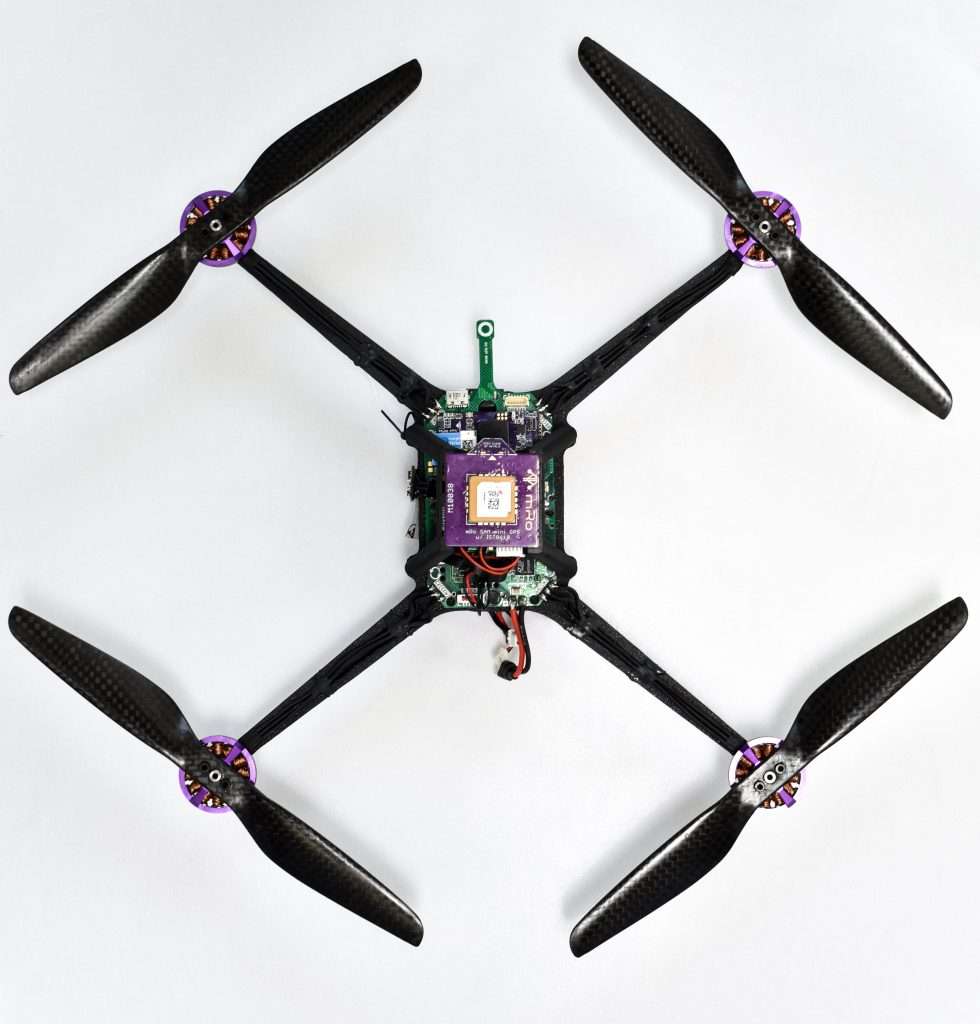
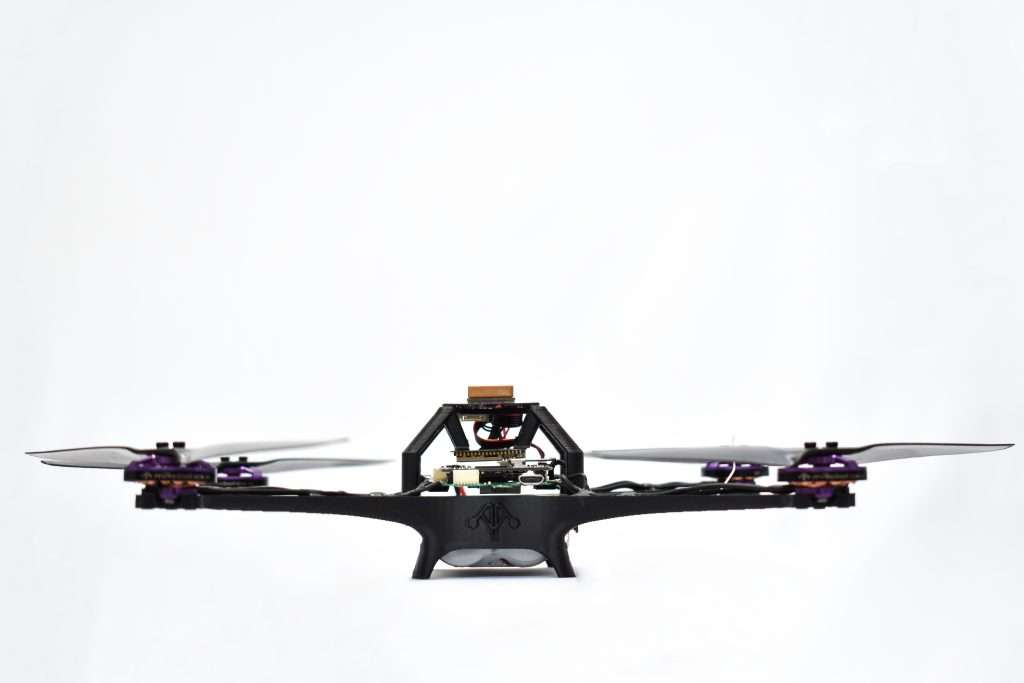
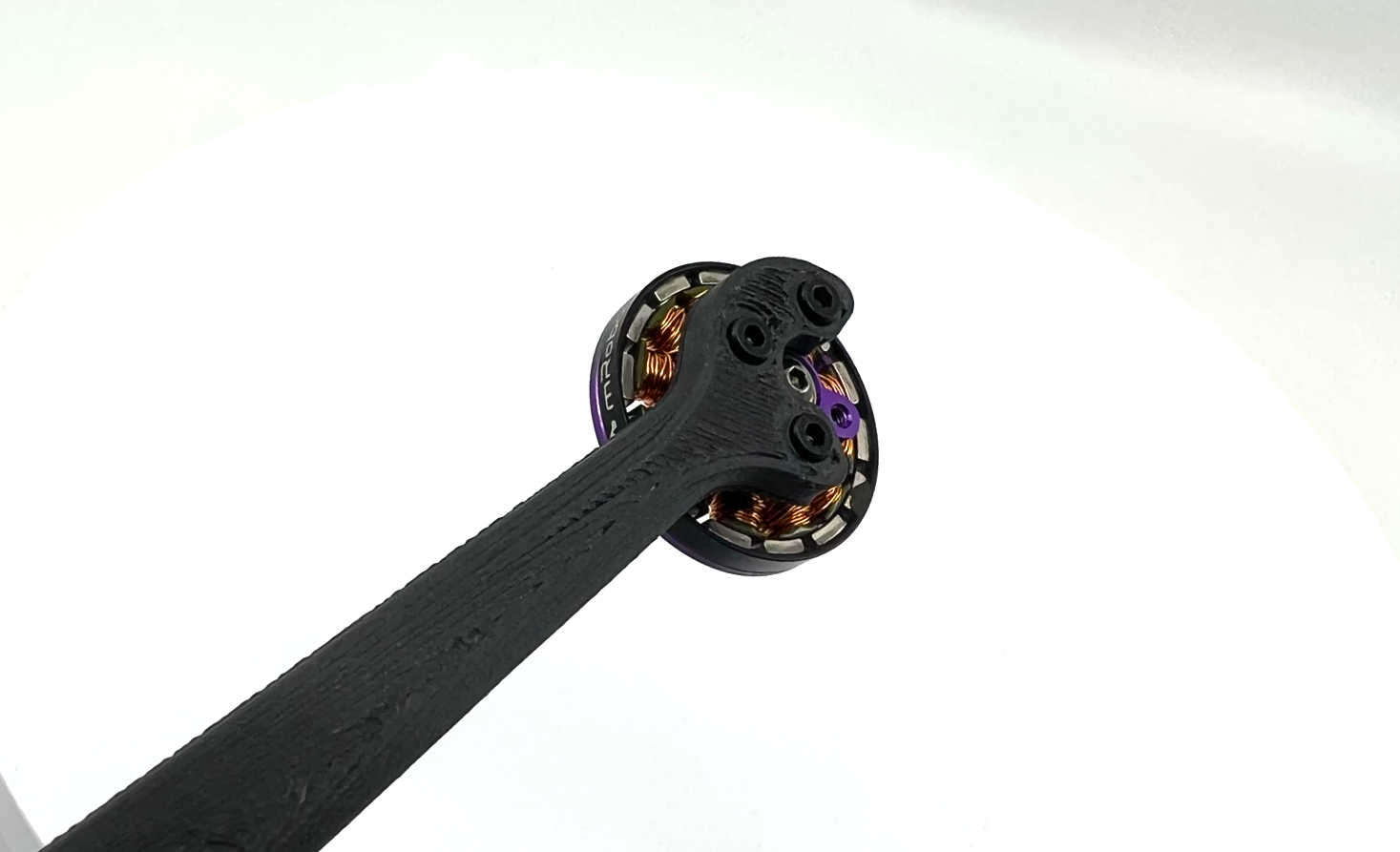

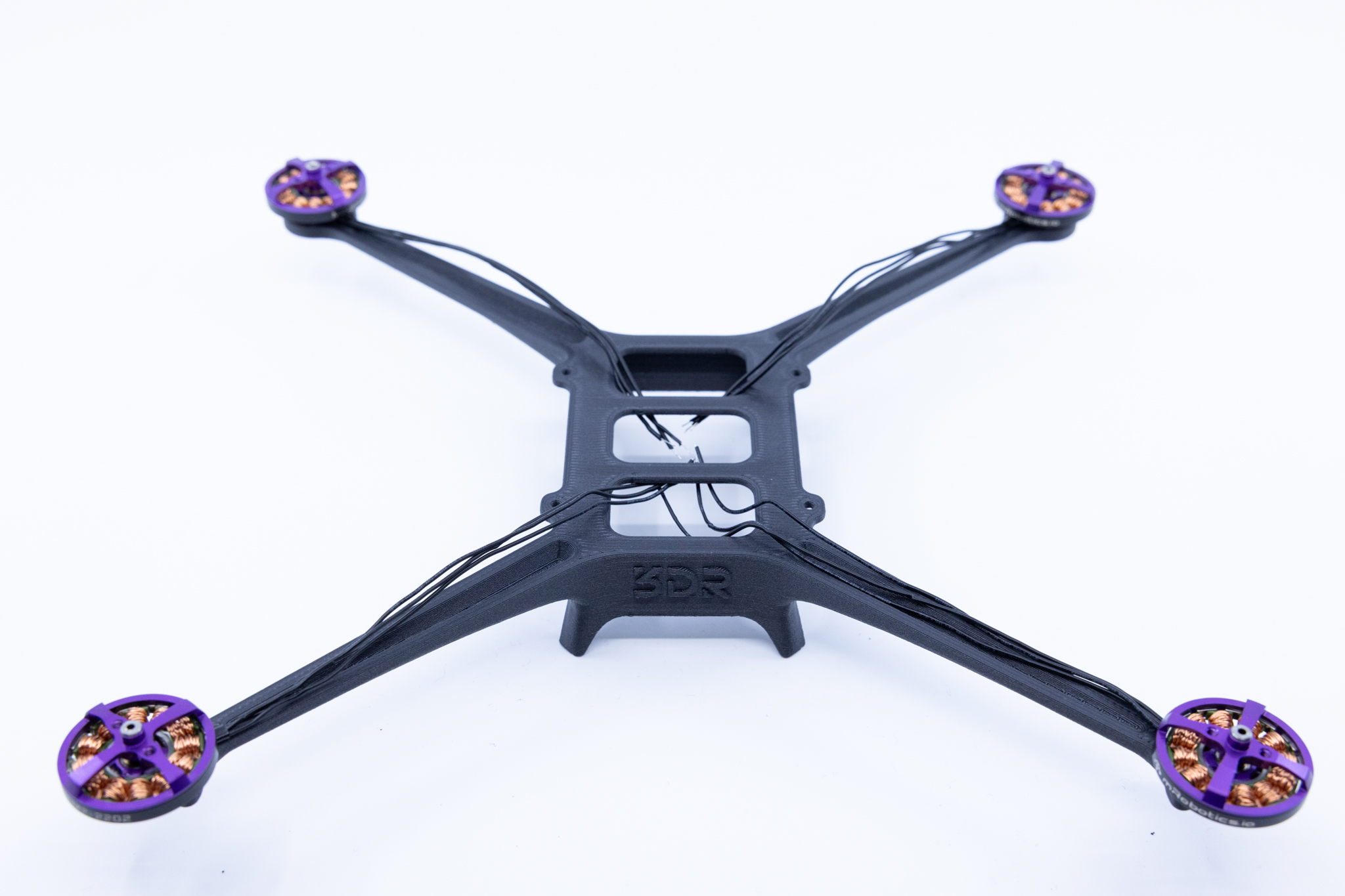

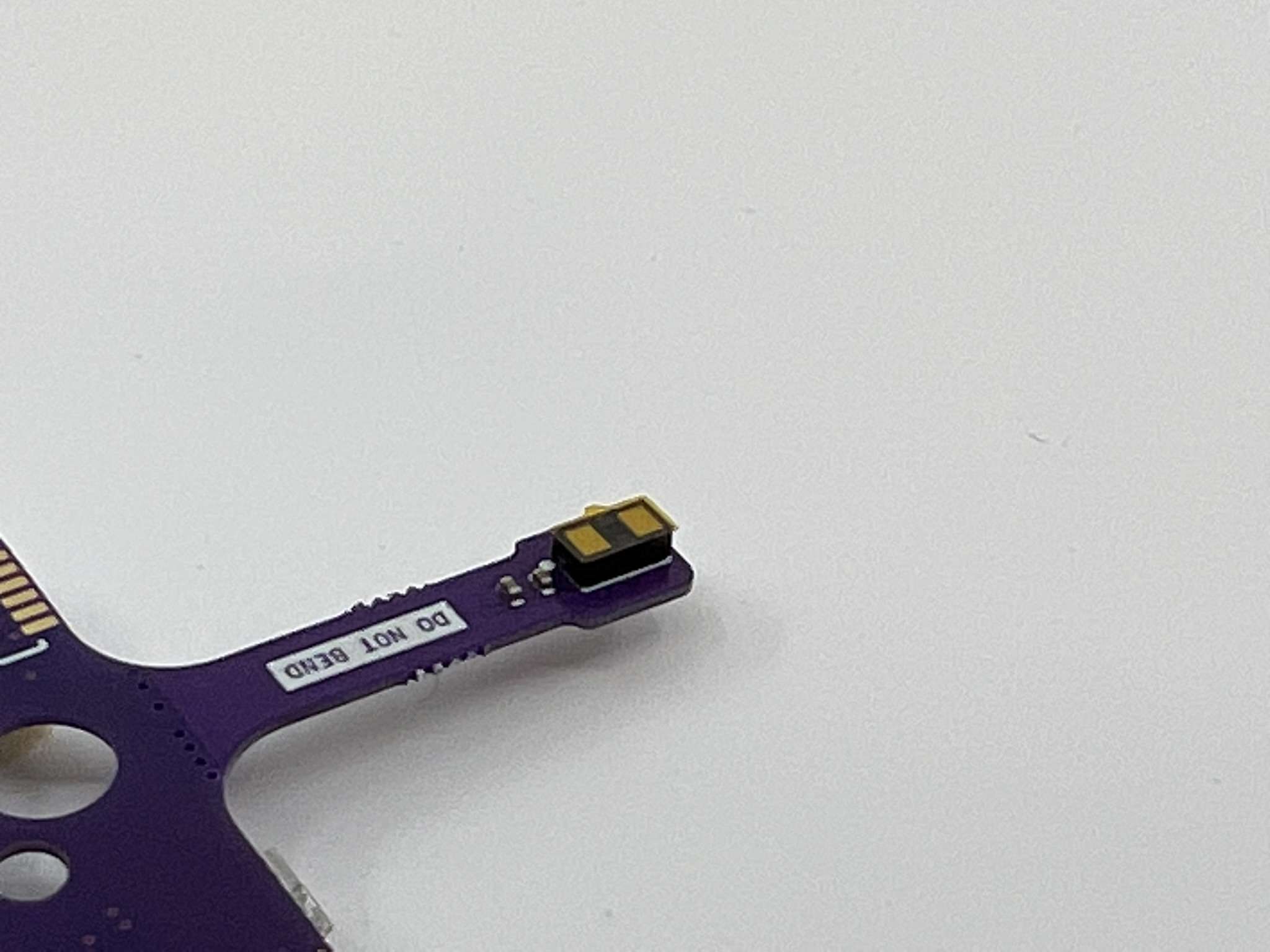











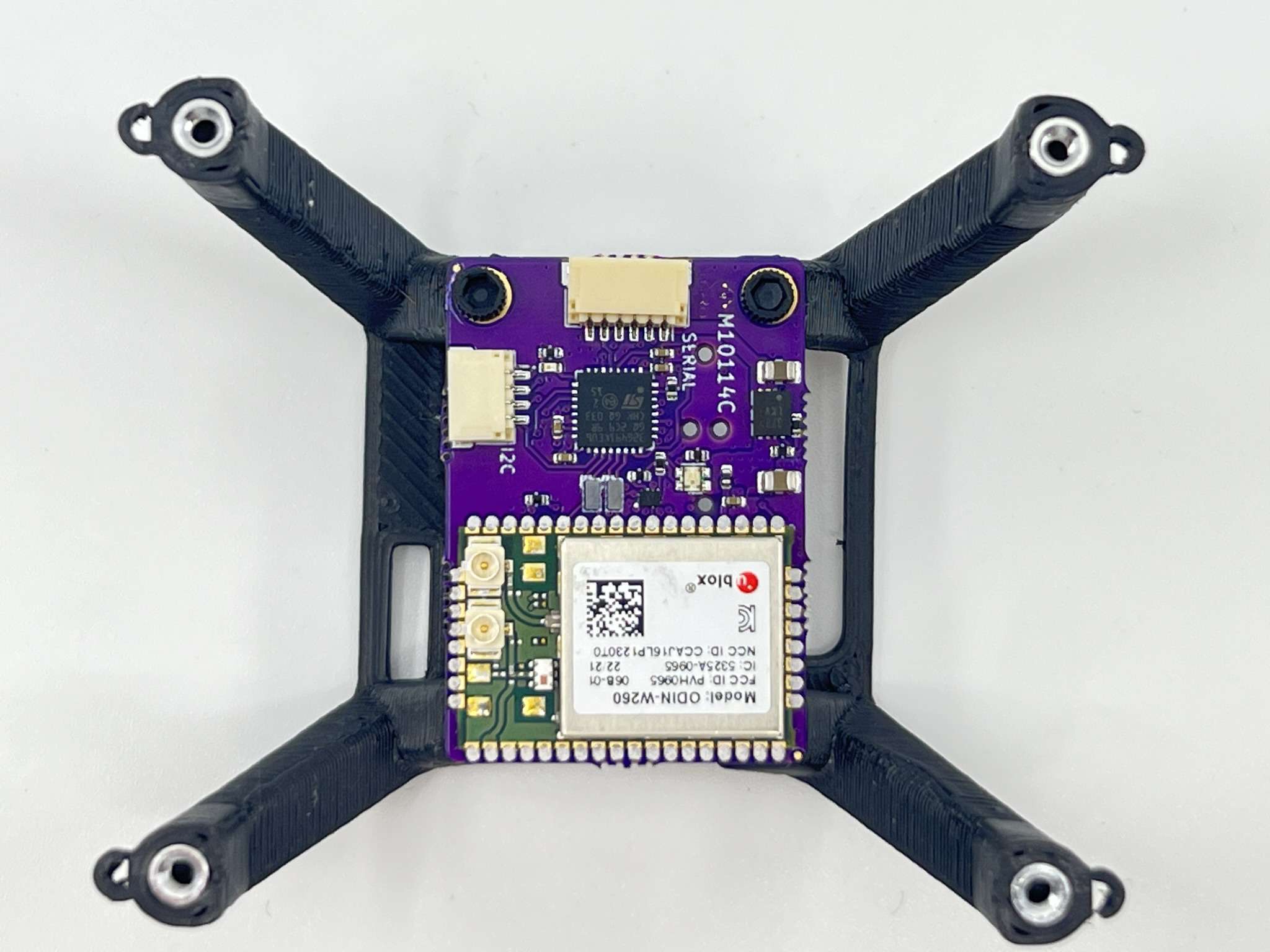

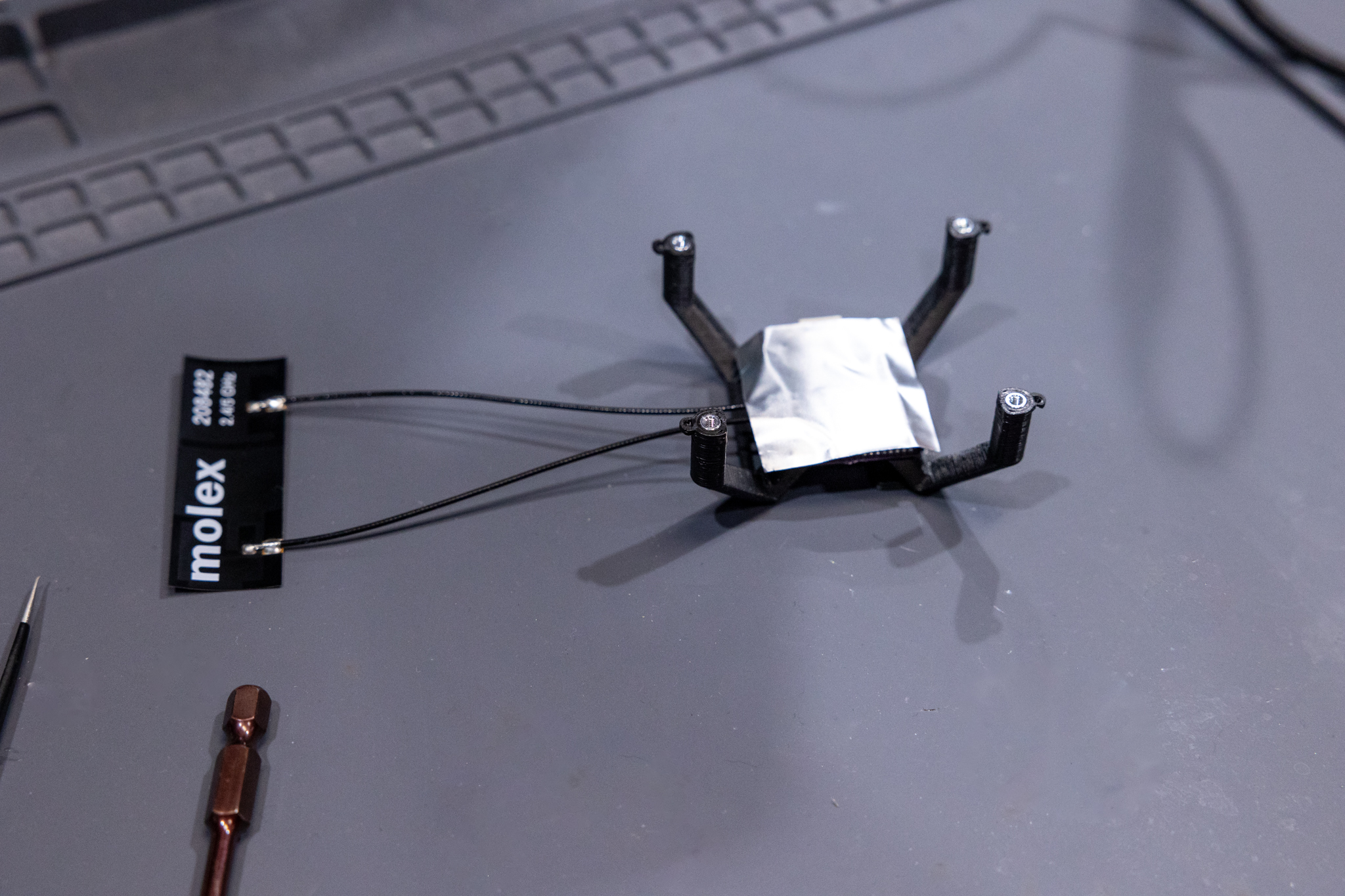
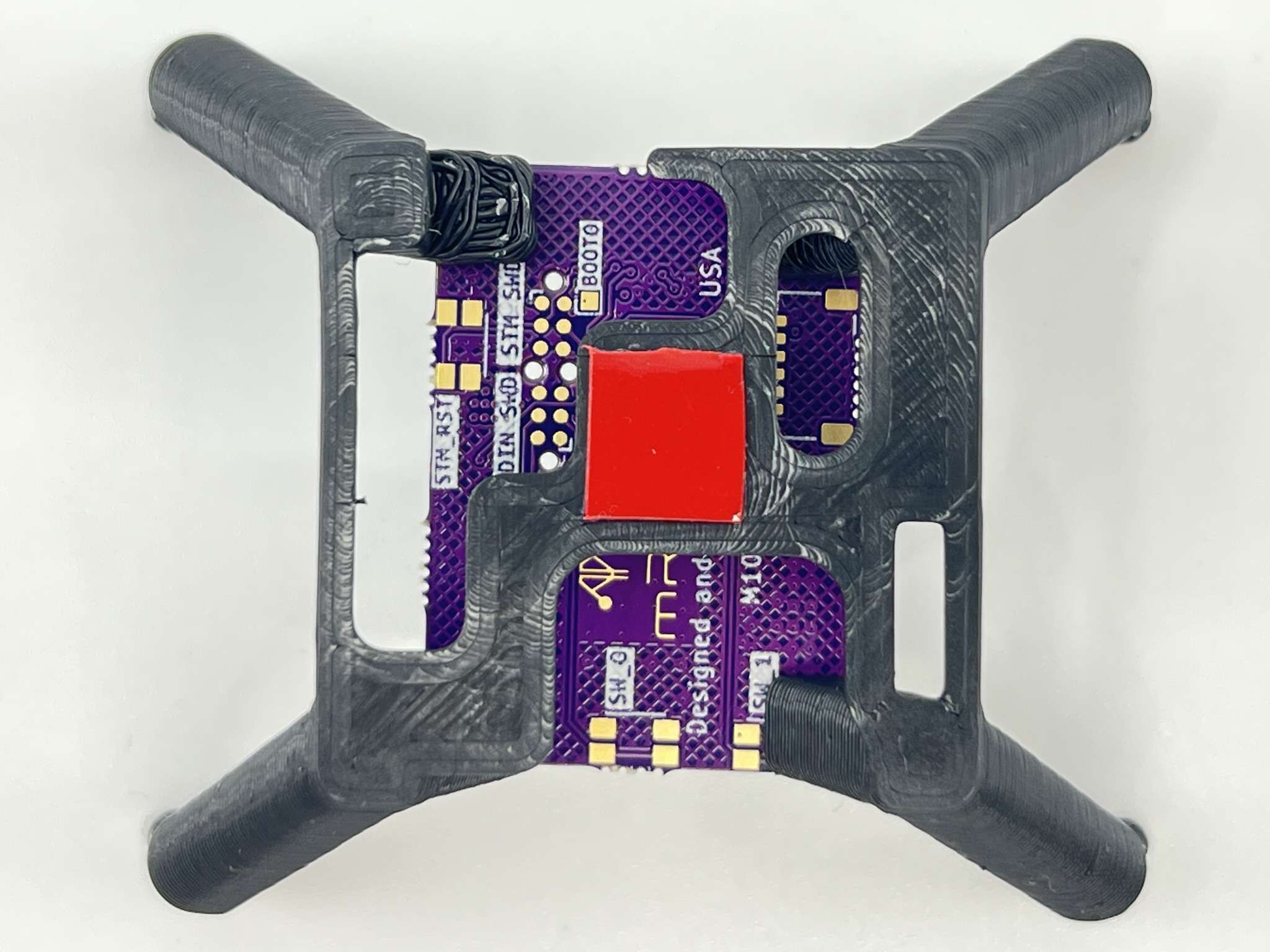
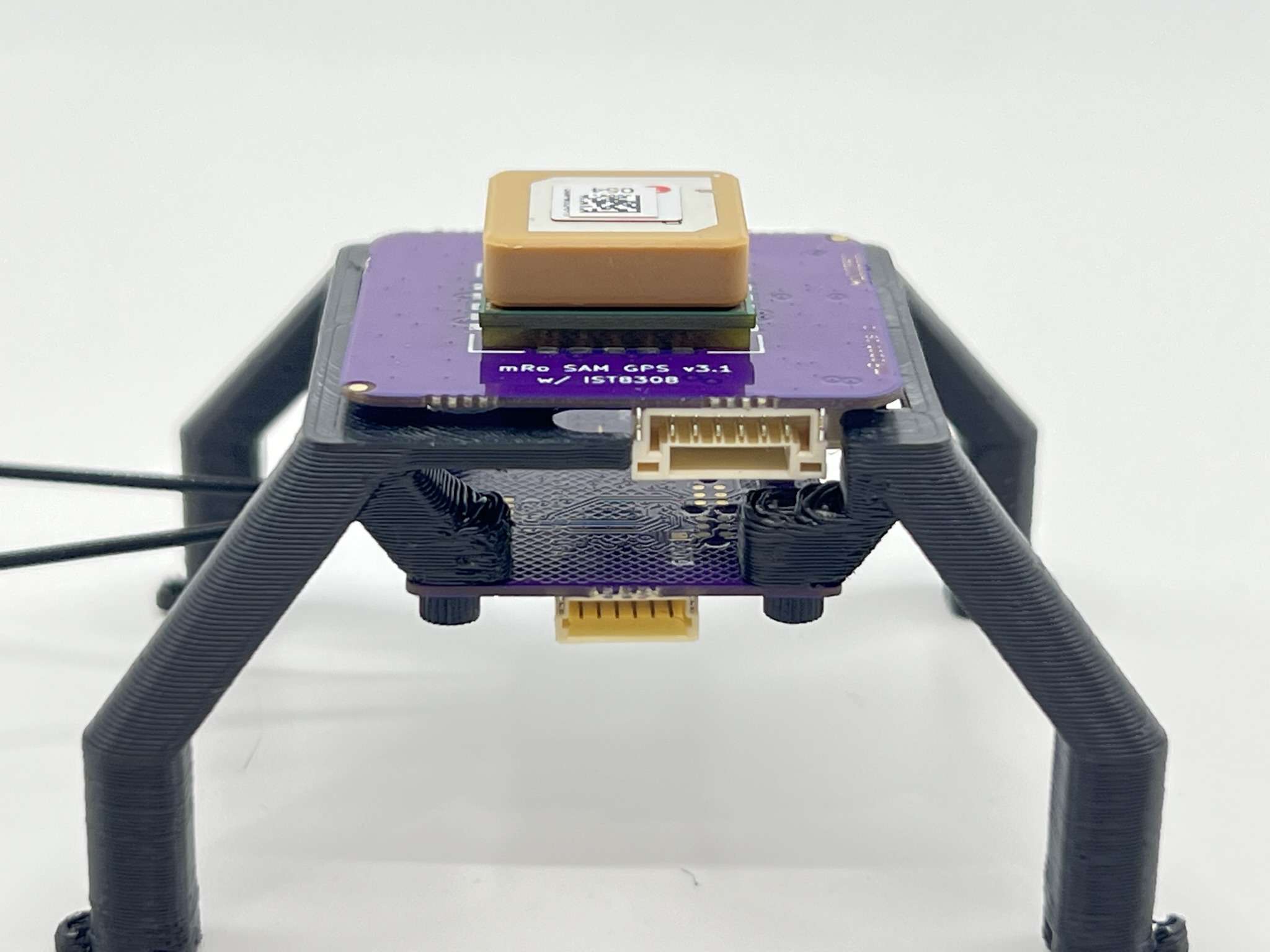

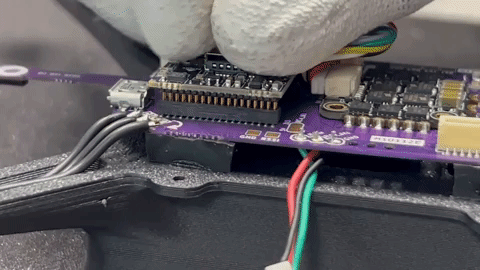


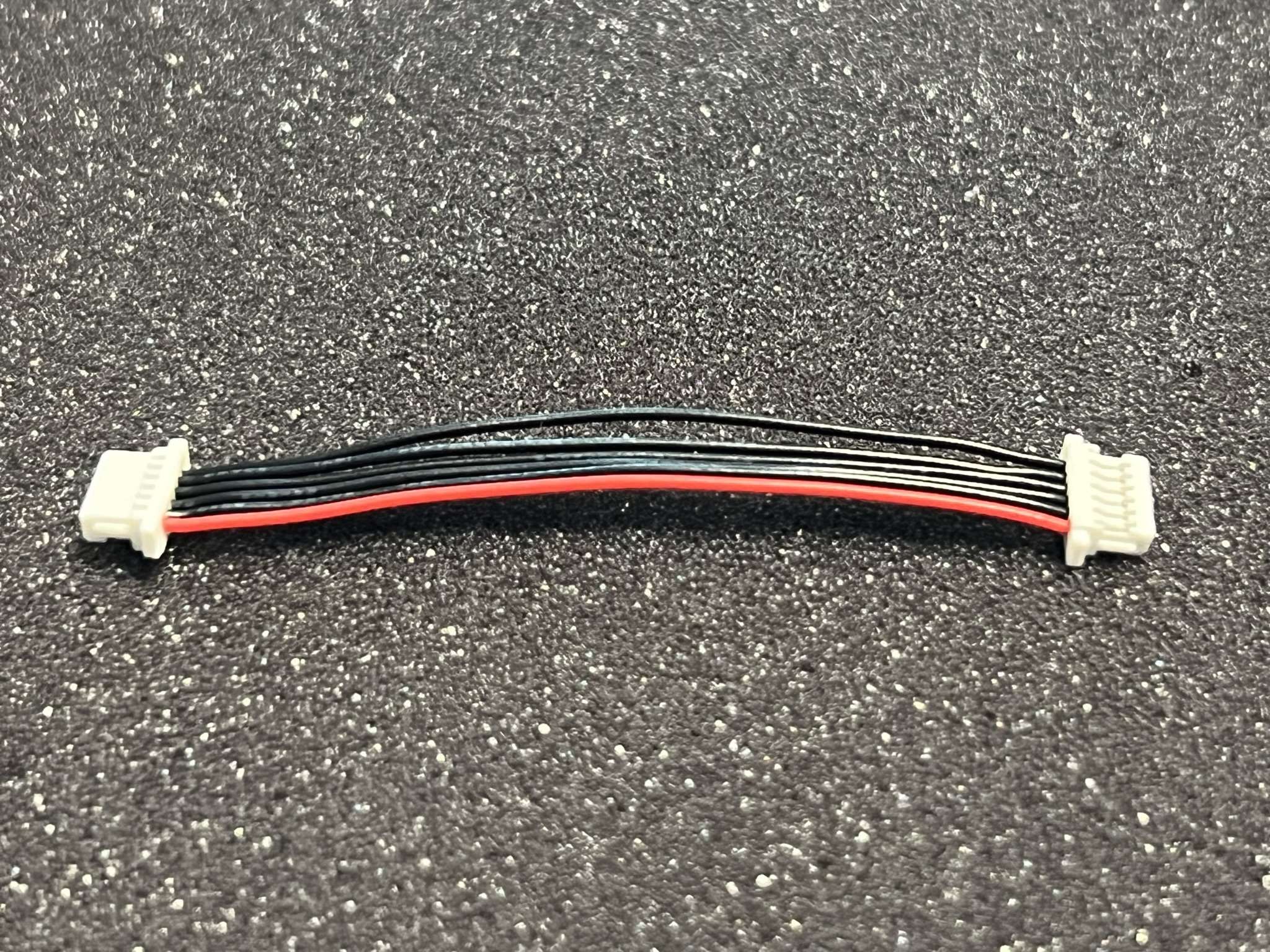
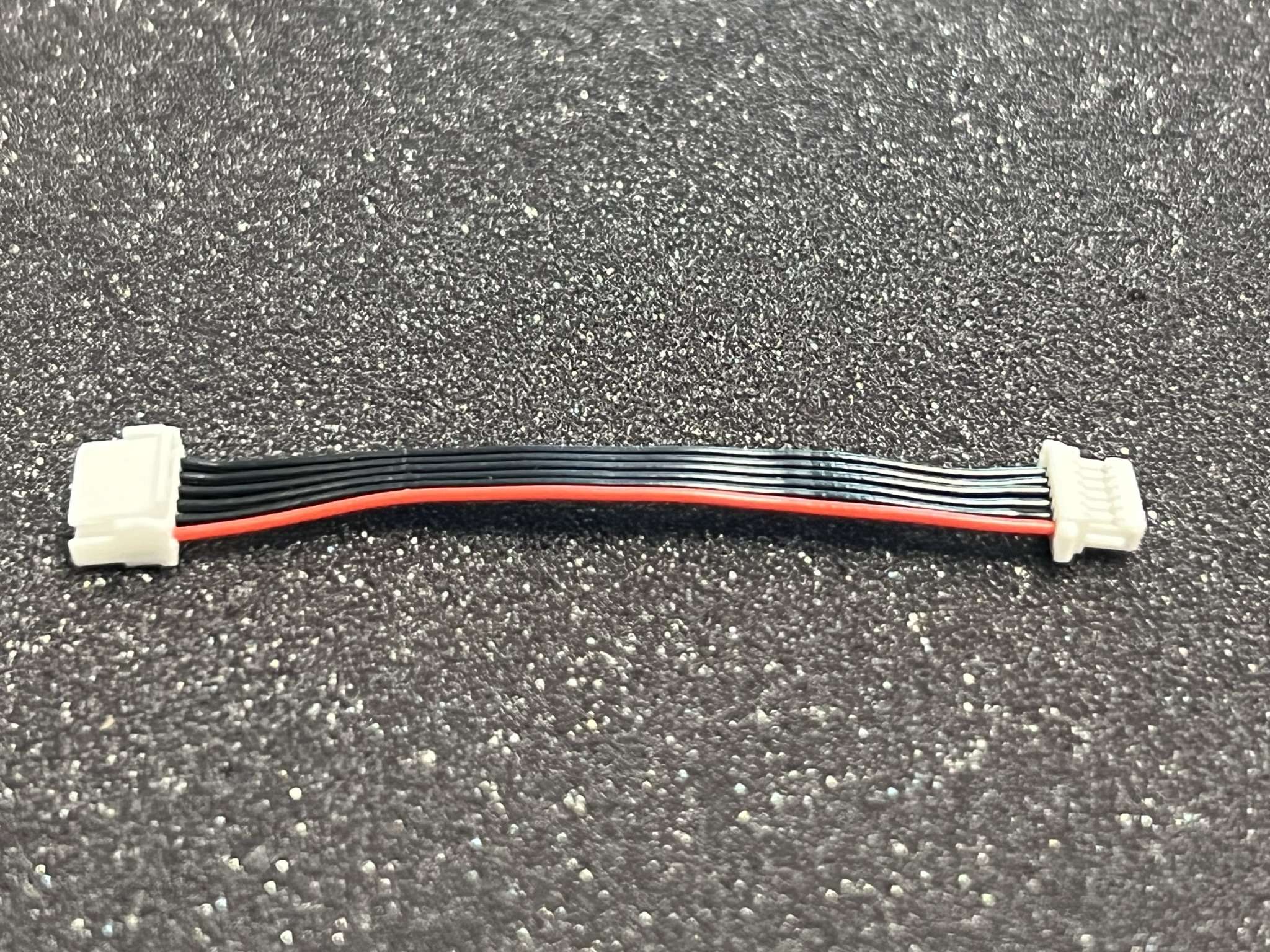
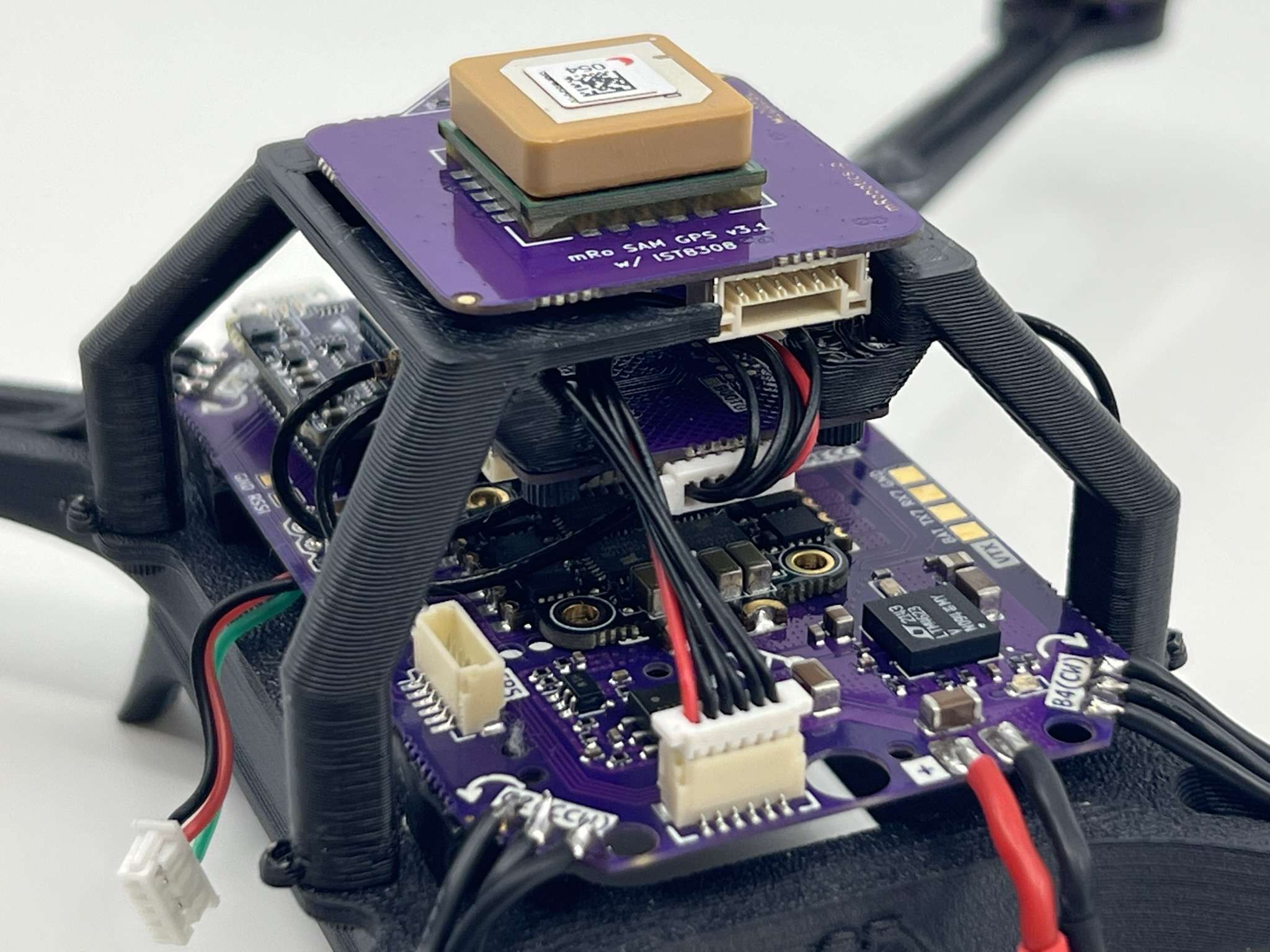
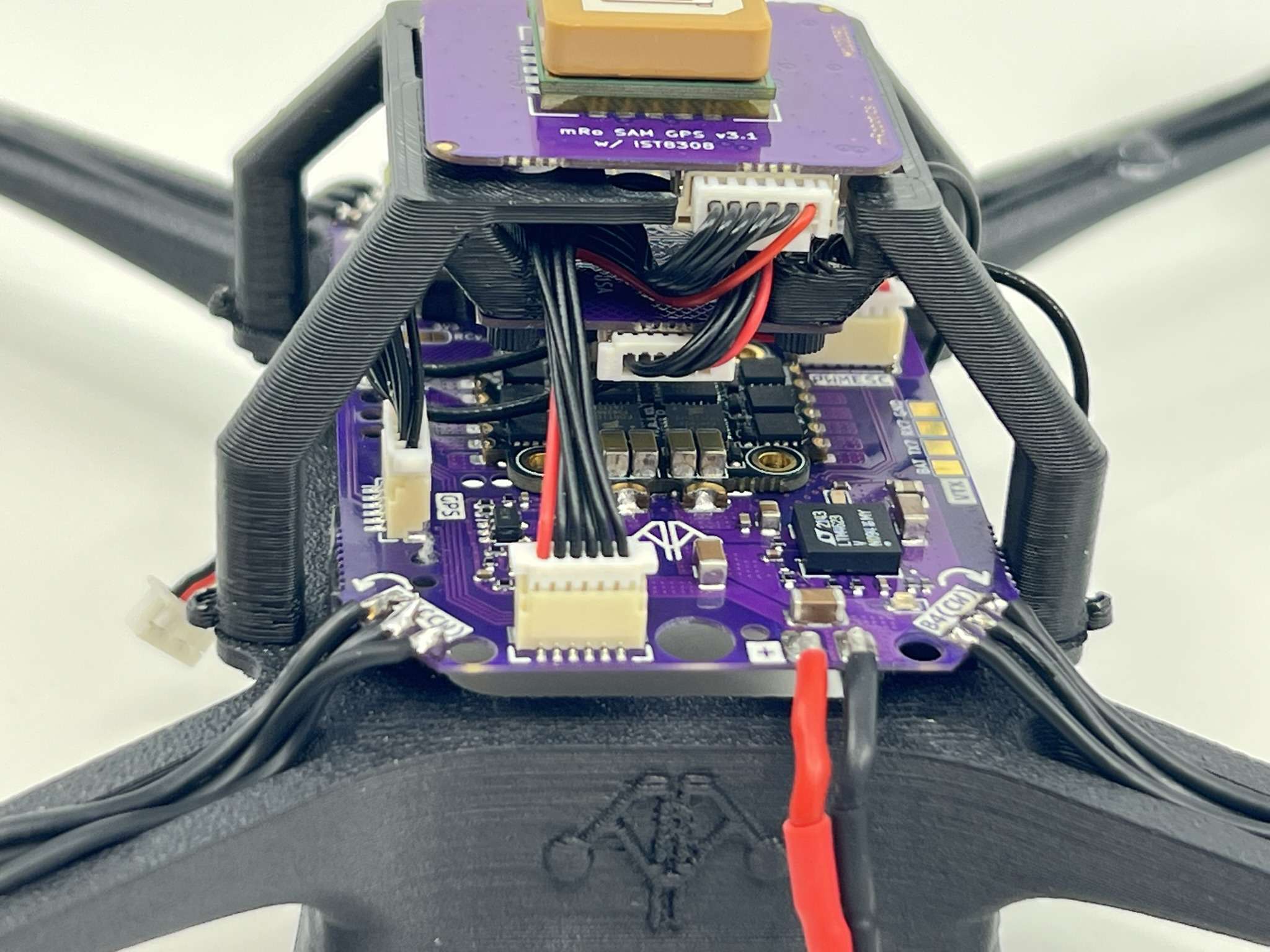
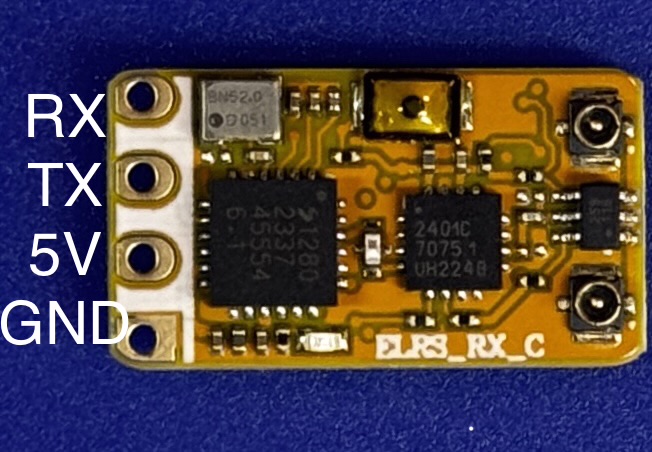
.jpeg)
